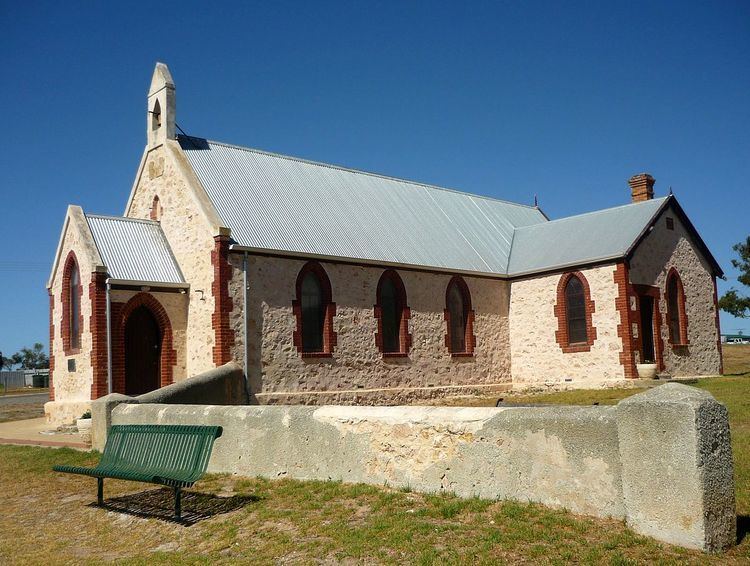Height 65 mm Paper type Polymer | Width 151 mm Years of printing 1995–99, 2003–14 | |
 | ||
The Australian fifty-dollar note is an Australian banknote with a face value of fifty Australian dollars (A$50). It is currently a polymer banknote, featuring portraits of David Unaipon and Edith Cowan.
Contents
History
No fifty dollar note was released as part of the initial rollout of decimal currency in 1966, but inflation and demand necessitated its introduction seven years later in 1973. The original paper fifty dollar note, designed by Gordon Andrews, has a scientific theme. On the front of the note is a portrait of Australian pathologist Howard Walter Florey, Baron Florey and scenes of laboratory research. On the back is a portrait of Sir Ian Clunies Ross, veterinary scientist and first chairman of the CSIRO, along with scenes from the Australian environment.
On 4 October 1995 a new set of polymer banknotes were released; these were immediately nicknamed "pineapples". Designed by Brian Sadgrove, the new fifty dollar note features a portrait of Indigenous Australian author and inventor David Unaipon on the front, along with drawings from one of his inventions, and an extract from the original manuscript of his Legendary Tales of the Australian Aborigines. There is also a depiction of the Raukkan Church, a historical landmark in Raukkan, where Unaipon grew up.
. The couple standing in front of the church are Polly and Milerum. Milerum was the last initiated member of the local native tribe. He was highly respected and played a huge role in the recording of history of the native people of the Coorong.(See Australian produced series "Who do you think they are?" on Michael O'Laughlin. )
On the back is a portrait of Edith Cowan, first female member of any Australian parliament, along with a picture of Western Australia's original Parliament House, and an illustration of a foster mother and children.
As at June 2016, 643 million $50 banknotes were in circulation, 45% of the total banknotes in circulation; worth $32,145 million, or 46% of the total value for all denominations.
Design features
The handwritten statement on the obverse of the note reads "As a full-blooded member of my race I think I may claim to be the first—but I hope, not the last—to produce an enduring record of our customs, beliefs and imaginings". The word "Imaginings" is spelt incorrectly and has been corrected.
Security features
With reference to the current polymer items, there is a clear window on the banknote with the Southern Cross star formation printed upon it, and the number "50" is also embossed in the clear window. There is also raised printing on the note.
A patch with the number "50" on the back of the banknote can be seen when held up to a UV light. There are two serial numbers on the banknote, one in black and blue, different fonts are used on each one, and the serial numbers glow under UV light.
There is also micro printing, in terms of "fifty dollars", and a shadow image of the Australian coat of arms when light is shown through it.
